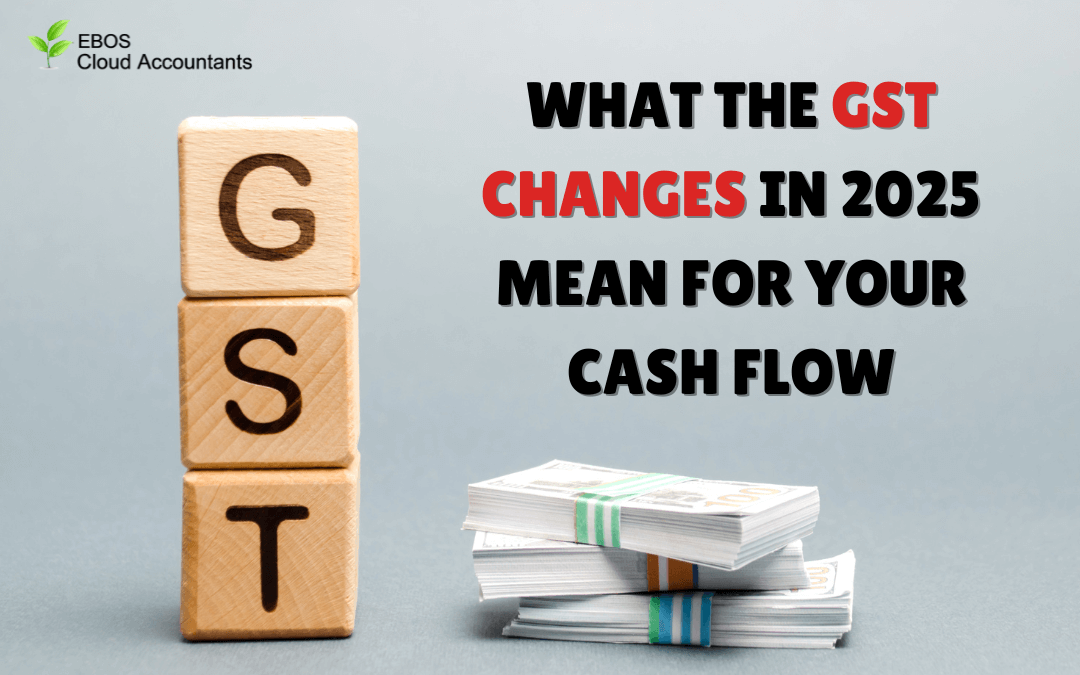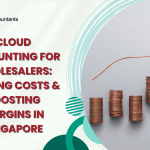The Goods and Services Tax (GST) landscape in Singapore is evolving once again in 2025, and these changes are more than just a compliance checkbox—they directly impact how businesses manage cash flow. Understanding the latest adjustments and planning ahead is crucial for keeping your finances healthy and avoiding unexpected liquidity issues.
What’s Changing in 2025?
From 1 January 2025, Singapore’s GST rate remains at 9% following the hike in 2024, but the focus now shifts to tightened compliance requirements, digital reporting enhancements, and increased scrutiny on overseas service providers under the Overseas Vendor Registration (OVR) regime. Key updates include:
-
Expanded scope for imported digital services and low-value goods
More overseas businesses selling to Singapore consumers must register and charge GST, leveling the playing field for local companies. -
Stricter e-invoicing and reporting standards
IRAS is gradually encouraging businesses to adopt Peppol e-invoicing, which means faster processing but also less room for delays in GST collection and payment. -
Heavier penalties for late payment and incorrect filing
Fines for late GST submission remain steep—up to 5% on the unpaid tax, plus additional penalties for persistent non-compliance.
How GST Affects Cash Flow
GST is not a cost to your business in theory, but the timing of collection vs. payment can make or break your liquidity. Here’s why:
-
Output GST (Sales): You collect 9% GST from your customers but must pay it to IRAS by the filing deadline. If clients pay late, you’re funding that GST from your own pocket.
-
Input GST (Purchases): You can claim GST on purchases, but the credit only offsets your payable amount in the next filing cycle—delays in claiming or errors can disrupt your working capital.
Cash Flow Risks Under the 2025 Rules
- Delayed customer payments → You still owe IRAS even if your client hasn’t paid.
- Increased compliance requirements → Additional reporting could mean higher admin costs and penalties if missed.
- Cross-border transactions → Businesses dealing with overseas vendors may face cash outflows earlier due to upfront GST charges.
Strategies to Stay Ahead
Here are practical steps to minimize cash flow stress under the new GST regime:
✅ 1. Shorten Your Payment Terms
Negotiate shorter credit terms with customers and consider early payment incentives to ensure you have GST funds before filing deadlines.
✅ 2. Automate Your GST Tracking
Invest in cloud accounting software integrated with IRAS’ e-Tax systems. This reduces errors, speeds up GST reconciliation, and ensures timely claims for input tax.
✅ 3. Forecast GST Obligations
Include GST in your cash flow projections—especially if you deal with high-ticket items or large B2B contracts.
✅ 4. Optimize Supplier Payments
If your supplier gives credit terms, align them with your sales cycle so you’re not out of pocket when paying GST on purchases.
✅ 5. Use GIRO or Installment Options
If your GST liability is large, set up a GIRO arrangement with IRAS or explore the GST installment payment plan to spread out cash outflow.
Conclusion
GST compliance in 2025 is about more than just ticking boxes—it’s a cash flow management challenge. By understanding the impact of the 9% GST rate, adopting digital tools, and optimizing your payment cycles, you can prevent liquidity crunches and maintain healthy working capital.
Check out our website at https://ebos-sg.com/ to explore more articles and discover how our Cloud Accountant Services can support you on your business.







